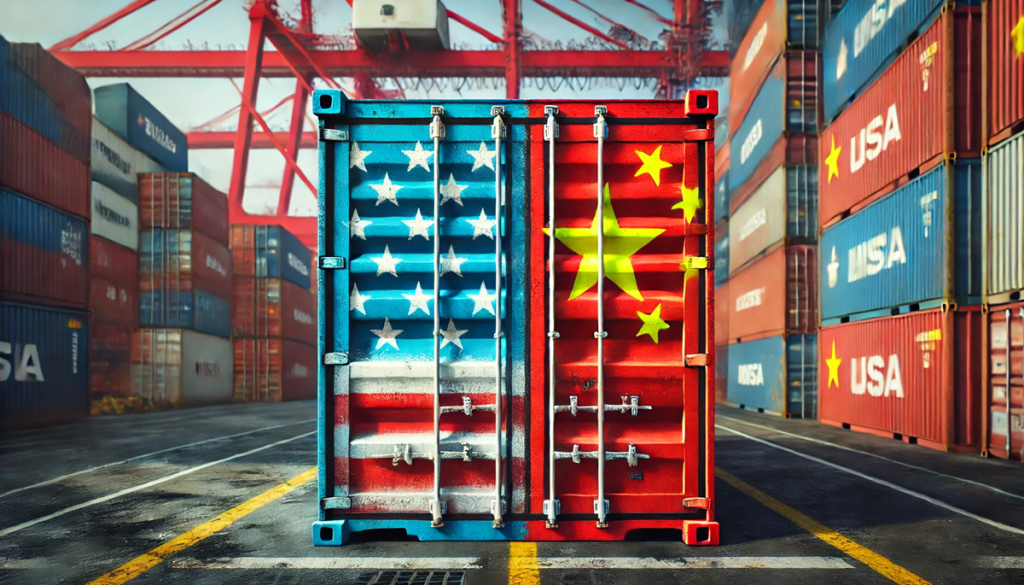With President Trump’s proposed tariffs looming, businesses worldwide are revamping supply chain strategies to mitigate rising costs. From reshoring production to adopting dual supply chains, companies are navigating a challenging trade landscape to stay competitive.
Shifting Strategies to Manage Costs
As potential tariffs on Chinese imports of 60–100% loom, global companies are taking proactive measures to adapt. A survey of over 3,500 supply chain executives by DP World and Economist Impact reveals that 40% of businesses plan to increase U.S. sourcing to offset higher import costs.
Additionally, 31% of respondents intend to overhaul their supply chain networks and strategies in the coming year, while 21% aim to expand U.S. manufacturing capacity. Another 33% are focusing on internal cost reduction to weather the impact of trade policy shifts. Economist Impact’s global lead, John Ferguson, noted that businesses aren’t retreating from globalization but are instead becoming more agile and efficient to maintain their edge.
Dual Supply Chains and the Friendshoring Trend
To prepare for potential trade disruptions, 32% of businesses are turning to dual supply chains. These networks combine sourcing from China with alternative hubs like Vietnam and Thailand to hedge against volatility. Meanwhile, 34% are considering “friendshoring,” relocating supply chains to U.S.-aligned countries, a strategy that offers geopolitical stability.
The survey also highlights a split in resilience strategies. While 43% favor diversifying supply chains to reduce reliance on single sources, 20% are opting to build up inventories ahead of potential tariffs. Yet inventory buffers have slimmed in recent years, dropping from 10.2 weeks in 2022 to 8.6 weeks in 2024, reflecting a broader push for leaner operations.
“The key seems to be balance,” the report notes, emphasizing the dual benefits of freeing up cash through leaner inventories while diversifying suppliers to enhance resilience.
Rethinking Supply Chains as Strategic Assets
The looming tariffs aren’t just a policy challenge—they’re a signal for businesses to fundamentally rethink the purpose of their supply chains. Senior leaders should move beyond the traditional goals of cost efficiency and resilience and view their supply chains as a source of competitive differentiation and geopolitical influence.
For instance, dual supply chains can serve as a platform for innovation by fostering partnerships with suppliers in regions advancing in renewable energy or cutting-edge manufacturing. Investing in these regions could open doors to joint R&D opportunities, aligning supply chain goals with broader business strategies like sustainability and technological leadership.
Moreover, the concept of friendshoring can evolve from a risk-avoidance tactic into a strategic tool for strengthening trade alliances. Companies have an opportunity to partner with governments in allied countries to co-develop infrastructure or workforce training programs, creating a symbiotic relationship that secures long-term value for both parties.
This shift also demands a reevaluation of the metrics used to measure supply chain success. Rather than focusing solely on cost and efficiency, leaders should consider metrics like adaptability, innovation yield, and geopolitical alignment—factors that will define success in the next decade of global trade.
By reimagining supply chains as dynamic, strategic assets, senior leaders can turn the challenges of tariffs into opportunities for long-term growth and influence.



